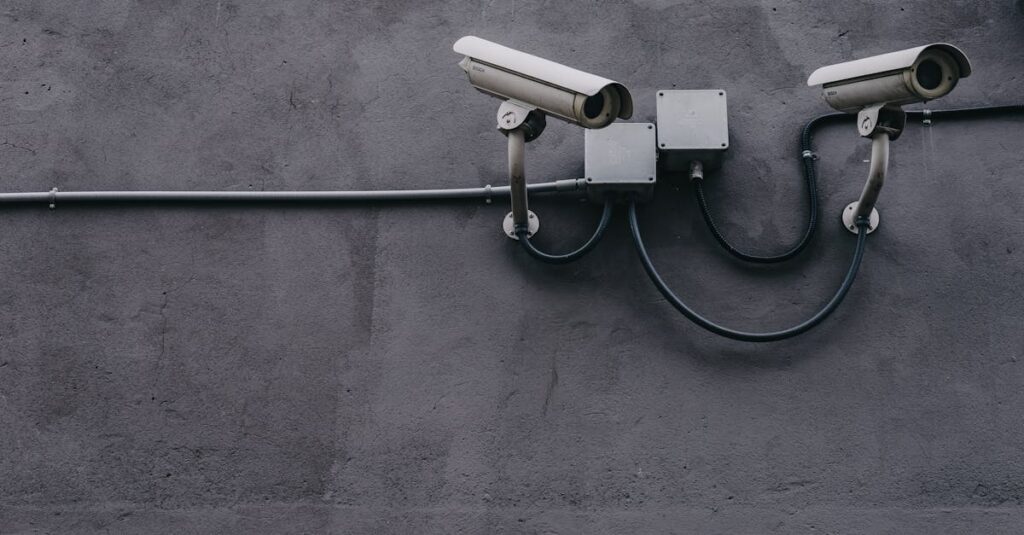As digital screens become almost an extension of ourselves, a growing number of people are grappling with an inadvertent consequence: digital eye strain. Have you ever experienced discomfort, blurred vision, or dry eyes after hours of looking at your computer, tablet, or smartphone? If so, you’re not alone. Research indicates that more than 60% of individuals who spend prolonged time using digital devices report experiencing symptoms of eye strain. This phenomenon, often referred to as computer vision syndrome, is increasingly troubling for users in both personal and professional spheres.
Introduction
Digital eye strain manifests as physical discomfort and visual disturbances after extended screen time, impacting productivity and quality of life. There’s good news, though: a few adjustments can significantly mitigate this condition. This article aims to provide essential steps to minimize digital eye strain, ensuring your vision remains sharp and your eyes healthier.
Prerequisites
Before diving into the solutions, it’s helpful to understand the primary causes of digital eye strain. Frequent staring at screens reduces blinking, leading to dry eyes and discomfort. Prolonged exposure to blue light emitted by digital devices can also disrupt sleep patterns and contribute to fatigue. By implementing some best practices, you can create a more ergonomically sound work or leisure environment that promotes eye health.
Step 1: Adjust Screen Brightness
One of the simplest yet most effective methods to combat digital eye strain is adjusting the brightness of your screen. A display that is too bright or too dim can cause eye fatigue. Aim to set your screen brightness to a level that matches your surroundings. If you’re using your device outdoors, a higher brightness level may be necessary, but indoors you may be able to dim the screen significantly.
Consider utilizing the “night mode” or “reading mode” options available on many devices. These settings reduce the amount of blue light emitted, providing a softer visual experience that is often easier on the eyes during extended use. Additionally, it might be beneficial to utilize screen protection filters that decrease glare for added comfort.
Step 2: Follow the 20-20-20 Rule
The 20-20-20 rule is a widely endorsed practice among eye care professionals. Here’s how it works: every 20 minutes, take a 20-second break to look at something 20 feet away. This simple exercise helps to relax the eye muscles and reduces fatigue caused by prolonged focusing on close objects.
By periodically shifting your gaze to a distant object, you allow your eyes to rest and recover, fostering better vision health in the long run. Incorporate this rule into your routine, setting a timer if necessary to ensure you don’t forget!
Step 3: Use Proper Lighting
The role of lighting in preventing digital eye strain cannot be overstated. Poor lighting can create undesirable glare and reflections on your screen, which increases eye strain. To combat this effect, ensure you have adequate ambient lighting in your workspace. Soft, diffuse light sources can help reduce glare, while direct overhead lights should be avoided.
Ideally, position your screen to avoid reflections from windows and other light sources. Using a desk lamp with an adjustable arm allows you to direct light where it’s needed without obscuring your screen. Consider using LED bulbs that emit a warm light, as these can mitigate stress on your eyes compared to harsher fluorescent lamps.
Step 4: Take Regular Breaks
Just as your eyes benefit from the 20-20-20 rule, your overall eye health will improve by adopting a holistic approach to breaks. Beyond the short, visual breaks suggested by the 20-20-20 rule, schedule longer breaks every hour to stretch, walk around, or simply rest your eyes completely. This also helps increase your overall productivity, as stepping away from your screen can rejuvenate your mind.
If you find yourself deeply engrossed in work, consciously remind yourself to step away at regular intervals. You may even find that long breaks boost your creativity and problem-solving abilities due to the mental refresh they provide.
Step 5: Invest in Anti-Reflective Lenses
For those who wear glasses, investing in anti-reflective (AR) lenses may be a game changer. These specialized lenses reduce reflection from screens, overhead lights, and other sources, allowing more light to penetrate the lens and reach your eyes. This clarity decreases strain and can enhance overall visual comfort.
Consult with an optometrist to discuss the best options for your individual needs. Many users find that the added comfort and reduced fatigue from AR lenses make them a worthwhile investment, especially for those who spend significant time in front of screens.
Tips for Long-Term Eye Health
While the steps outlined above can help mitigate immediate symptoms of digital eye strain, maintaining long-term eye health requires a comprehensive approach. Here are some additional tips to consider:
- Stay Hydrated: Drink plenty of water throughout the day. Proper hydration can prevent dry eyes and enhance your overall health.
- Maintain a Balanced Diet: Consuming foods rich in omega-3 fatty acids, vitamins A, C, and E, and minerals such as zinc can support eye health. Foods like fish, nuts, leafy greens, and carrots can be particularly beneficial.
- Get Regular Eye Exams: Regular visits to an eye care professional can catch potential issues early. They can provide personalized advice and solutions tailored to your digital habits.
- Limit Screen Time: Try to reduce unnecessary screen time. Set specific times when you disconnect from devices to enjoy activities that don’t involve screens, such as reading a physical book or spending time outdoors.
By implementing these measures, you are not only addressing immediate concerns regarding digital eye strain but also taking proactive steps toward ensuring lasting eye health. The digital world is not going away, but by creating better habits around it, you can maintain sharp vision and overall well-being.

